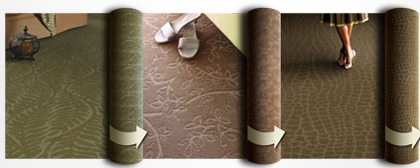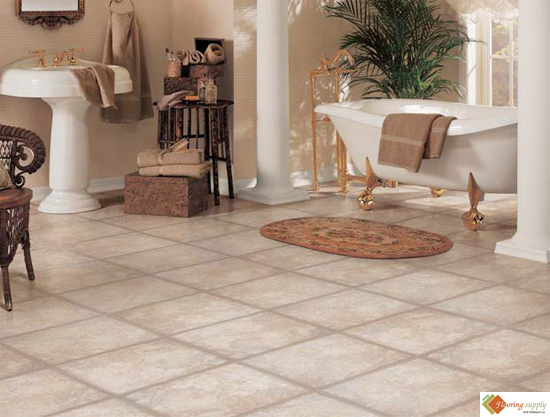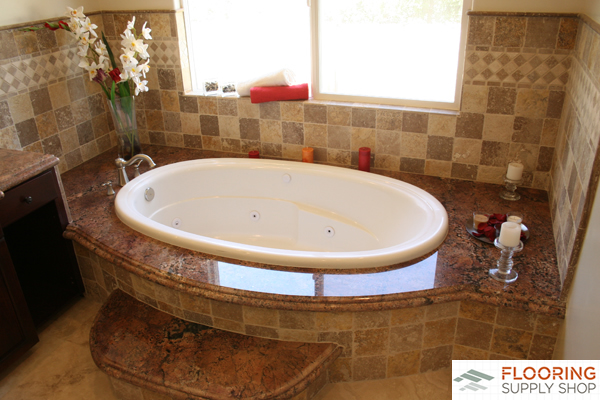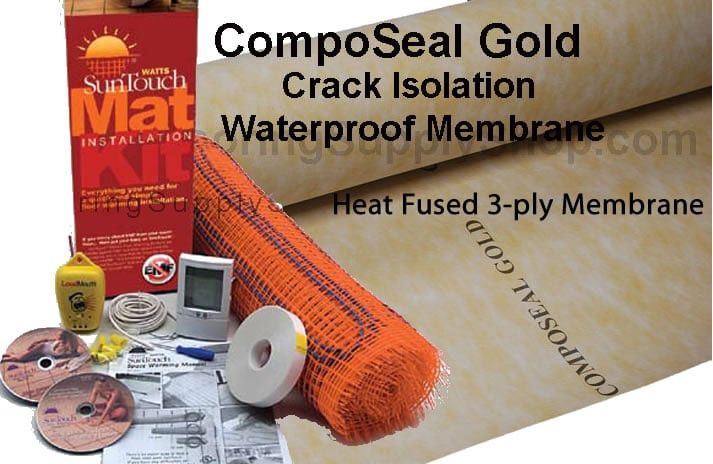How to Properly Budget and plan your Home Improvement Projects
Now that 2014 has started, many Los Angeles homeowners are getting their budgets together and making plans for the New Year. For many people the improved economy means that they can finally tackle some of the big home improvement projects they might have had to put off previously.
One of the biggest home improvements you can make which can reap surprisingly dramatic results is replacing your flooring. Try to imagine that old carpeting in the dining room replaced with beautiful, hardwood floors. The whole room could be completely transformed, and the value of your home will no doubt increase. It also helps that new technology and innovations have increased flooring options by the tenfold in the last few years. Just looking at Flooring Supply Shop’s options can show you just how many new options you have.
Another thing you may noticed while shopping around is the number of environmentally friendly options you have. It’s not news that there is a rapidly increasing focus on bringing sustainable materials into every facet of consumer lives, and flooring is no exception to the trend. Unlike a few years ago, there are a huge number of options today.
One option you have if you’re looking to replace some marble in your home, is to actually not replace it at all! If you haven’t heard about our Restoration Training and Cheetah Pads, just let the results speak for themselves. What could be more environmentally friendly than buffing your way to a completely new floor?
However, if you’re searching for a new look in your home that is also Eco-friendly, one of the biggest trends right now is concrete. Yes, you heard that correctly, concrete. This concrete isn’t the boring sidewalk slabs you’re imagining, since the innovations that have been made with concrete are astounding. It can be molded to fit any area, can be dyed or stained to any color, polished until it gives you a high shine look, and – barring any catastrophic events – would never need to be replaced.
While concrete is great, one of the newest, coolest, and most environmentally friendly options on the market right now is glass tiles. Eco-friendly glass tiles are made of recycled glass products (like beer bottles) which are then converted into beautiful tiles. It’s really incredible how a bunch of old wine bottles can be transformed into some truly unique flooring. On top of being an environmentally friendly flooring option, many people are using it on the walls of their home or as back-splashes in their kitchen thanks to its light reflecting properties. As an added bonus the tiles are easy to maintain and you won’t have to worry about staining as you would with many traditional types of tiles.
It seems counter intuitive to assume that hardwood floors are eco-friendly, right? Chopping down trees can’t be good for the environment. However, thanks to new advancements you can get hardwood floors without so much as knocking a leaf off of a tree due to engineered hardwood floors. In the past engineered hardwood got a bad rap thanks to it’s less than conventional look, but like every other flooring material out there a few years of time and testing has resulted in a more aesthetic appearance. In addition to being environmentally friendly, it’s usually significantly cheaper than traditional hardwood, sometimes as much as $3 a plank cheaper. They’re also much easier to install than their traditional counterparts.
When making plans for major home renovations it’s easy to get lost in the details and forget about the environmental impact your choices may have. However, it is our responsibility to do our best to use sustainable, eco-friendly products as often as we can, and that includes our flooring. Thanks to the incredible advancements in technology, Eco-friendly floor options are cost effective and very aesthetically pleasing, sometimes more so than non-green options. Just take a look around at some of Flooring Supply Shop’s environmentally friendly options and you can see just how far we’ve come in terms of green flooring options.
Copyright © 2014 FlooringSupplyShop.com
About the Author: Spencer Blohm is a freelance design, lifestyle, and entertainment blogger for Direct-ticket.net. His interests range from interior design to old Hollywood films and can often be found scavenging in vintage and antique stores for his next big find. He lives and works in Chicago.





